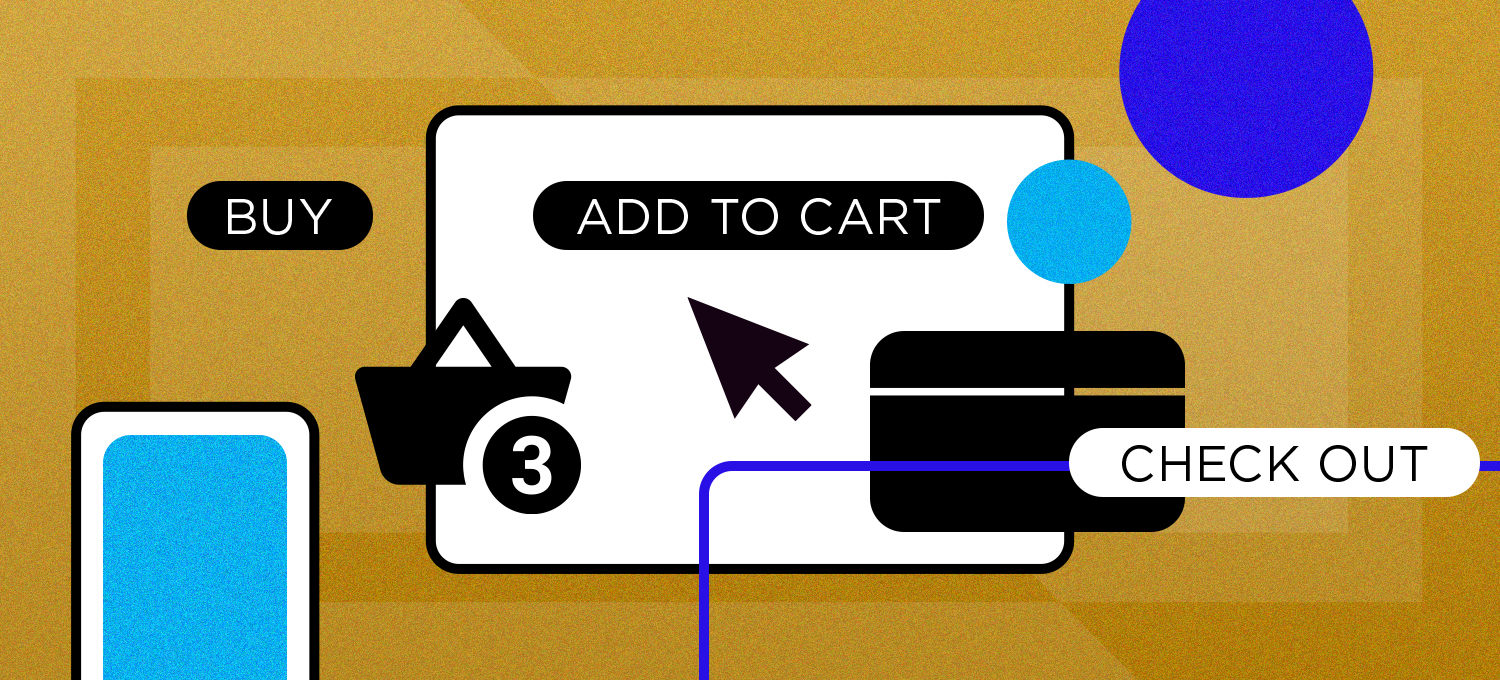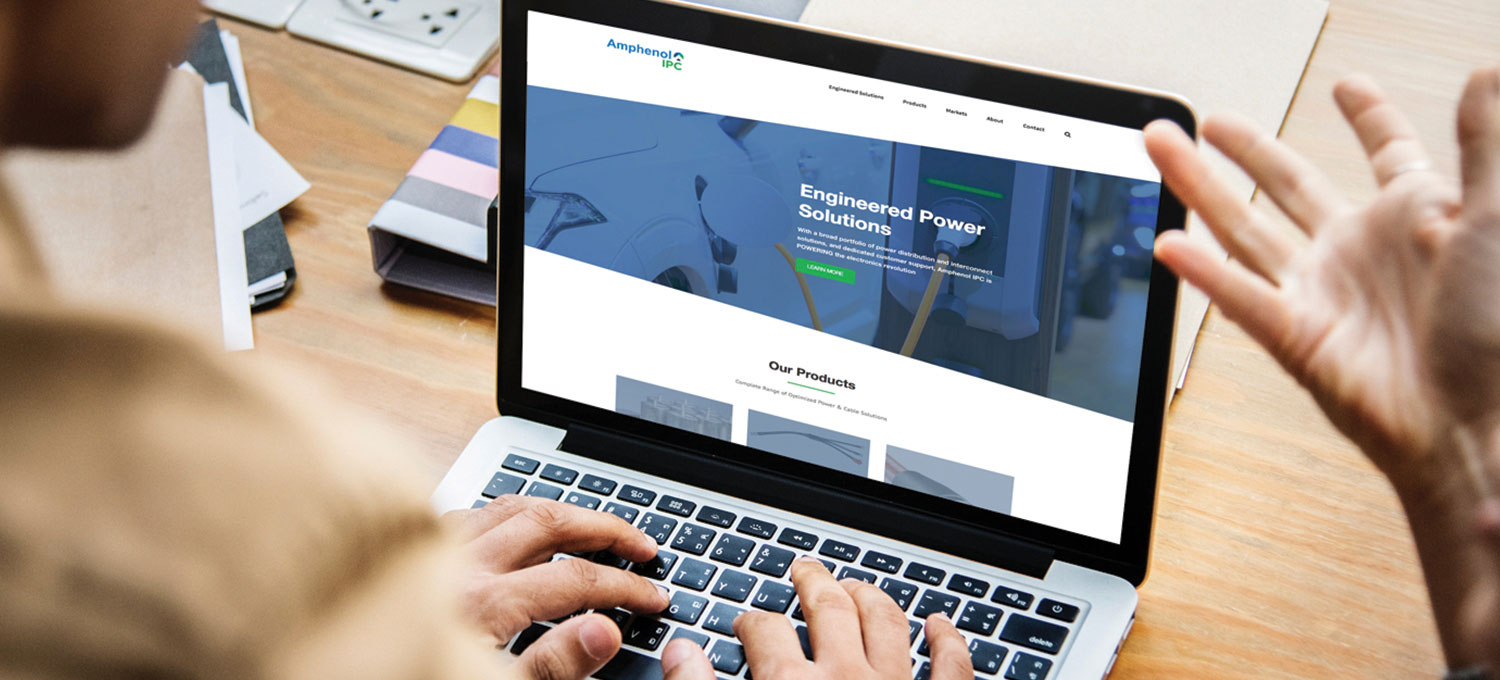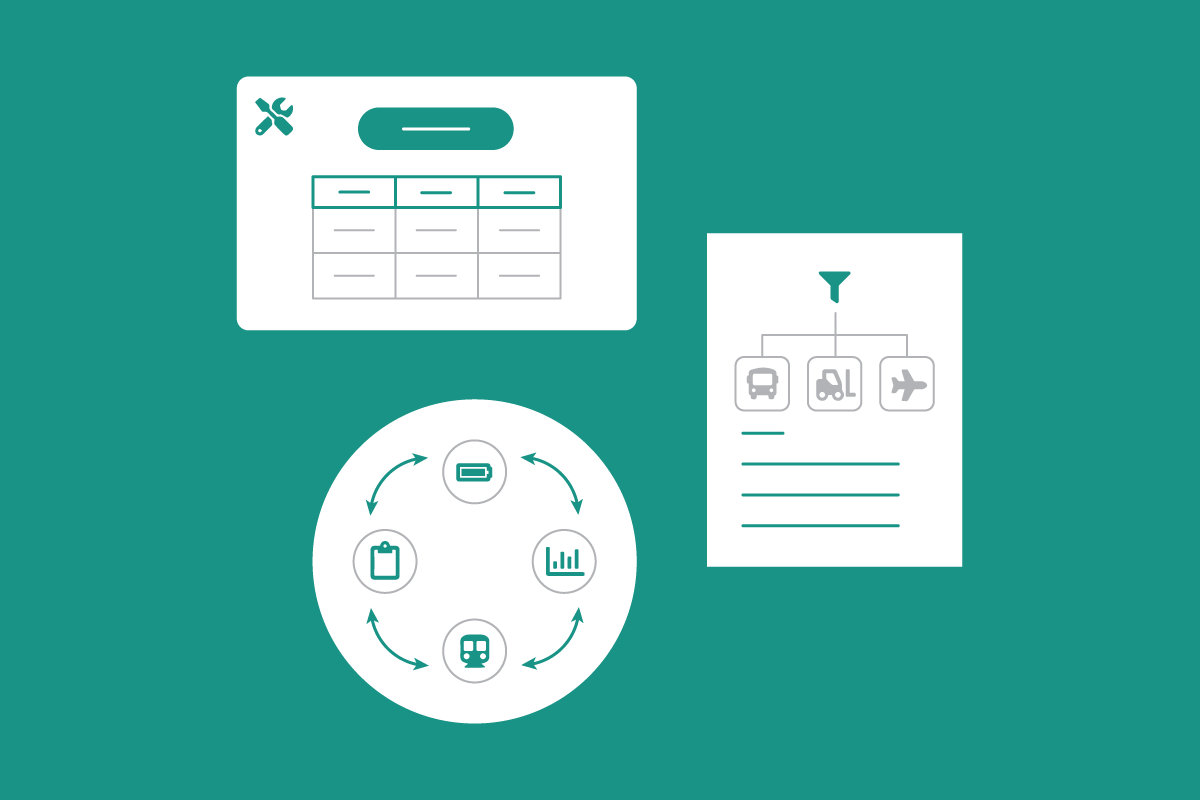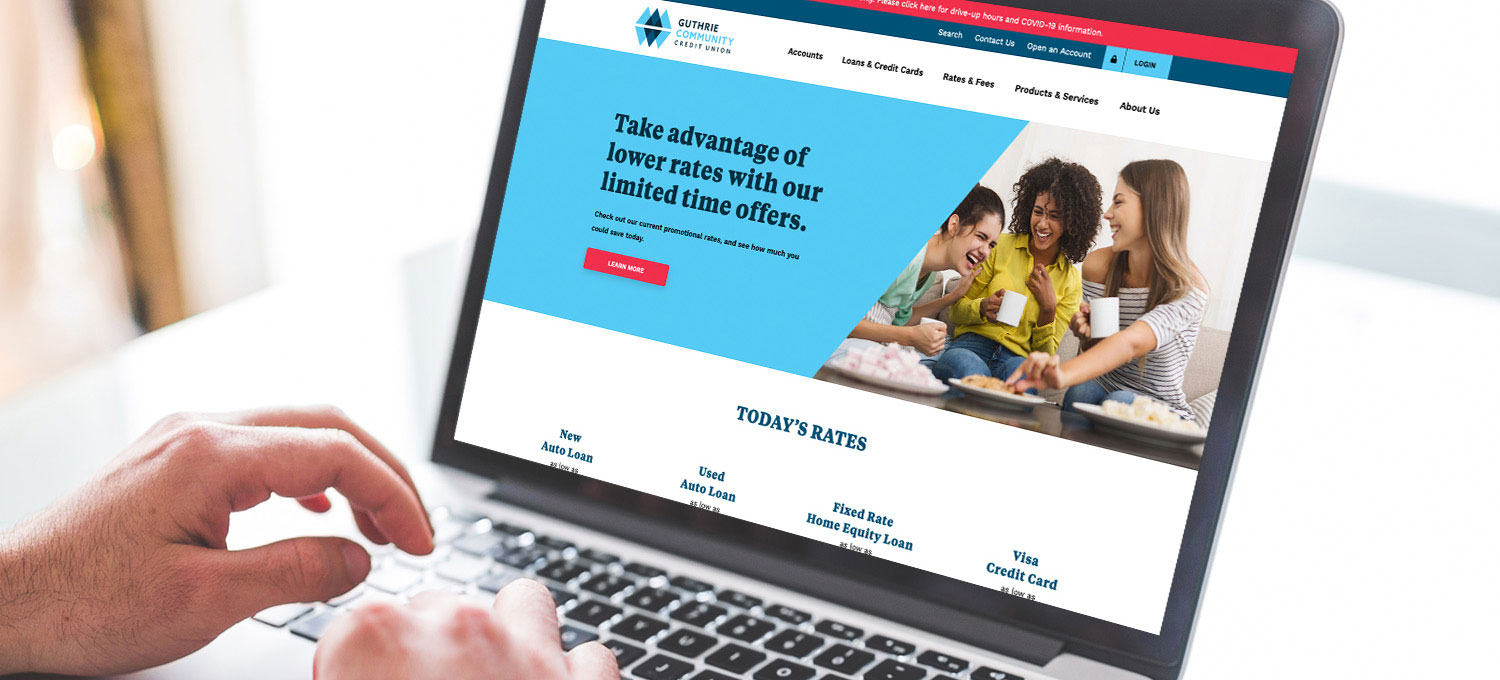
Tips for a Seamless Switch to Ecommerce
It’s never too late to go direct-to-consumer, no matter your market or your original sales channel.
It’s true that outsourcing transactions and order fulfillment to third-party vendors can lighten any company’s workload. But outsourcing can be costly in the long run, and it often means having little to no control over customer experience.
How to Set Up Your Company Up for Ecommerce Success
Ecommerce sites are public-facing websites that allow businesses to sell directly to the market. With an ecommerce model, companies can take a hands-on approach to marketing and sales while choosing a level of involvement for order fulfillment and returns that makes sense for them.
Think it’s time to switch from third-party vendors to ecommerce? Then you’re in the right place. A little preparation and help from an experienced web developer like Idea Kraft will help you streamline and simplify the transition as much as possible.
These are our tips for a seamless transition to ecommerce for retail businesses.
1. Organize Product Details
A first-rate user experience and effective sales funnel is all in the details. Your ecommerce site should reflect the level of detail customers will be looking for.
You can get a head start by entering all product details in a spreadsheet so they can be easily imported into product pages – either by your in-house team or by a web developer. Be sure to include specifications like price, SKU, variations, dimensions, and weight. This will be especially helpful for importing a large number of products without error.
2. Think About Presentation
Aside from clear and accurate product descriptions, high-end photography is likely what a customer will notice next. It’s important that your products are photographed in a consumer-friendly style, showing them in an engaging and thoughtful style like Idea Kraft did for Scorpion Security Products.
Web design contributes to sales just as much as marketing material and photography. Here at Idea Kraft, we employ user experience (UX) principles to optimize ecommerce sites for cross sells and upsells while making all products easy to find through intuitive information architecture.
See how we worked with tool manufacturer EZRED to elevate the design and user experience of their ecommerce site.
3. Consider Payment Gateways
Once all products are website-ready, it’s time to start thinking about the platform you’ll use to handle transactions.
This is what makes your ecommerce site an ecommerce site. From your customers’ perspective, it’s the portal where check out happens. Depending on the gateway you choose, customers may be redirected to a third-party site like Stripe, Authorize.Net or PayPal or the software may be integrated with your website.
It may go without saying, but security should be the top priority when choosing a payment gateway. Other important things to consider include any convenience fees, types of payment accepted, compliance, and accessibility.
4. Think About Order Fulfillment
Order fulfillment is the method used to handle inventory, deliveries, and returns.
The type of order fulfillment you should choose will depend on factors like the product type, where you do business, and the location of your warehouse or other inventory storage. Deciding this beforehand will ensure your products are ready to be delivered as soon as your site is up and running.
You can use third-party fulfillment, also called 3PL for third-party logistics, which involves hiring a separate company to manage inventory, deliveries, shipping, packing, and returns. This model is ideal for high-volume retailers that ship long distances.
Merchant fulfillment is another common option. With this model, the merchant handles manufacturing and the entire order fulfillment process. This model is ideal for smaller businesses that have the capacity to accurately manufacture and deliver orders.
There is also a method called dropshipping, which is when all orders are sent directly to the manufacturer and the order is shipped from the manufacturer. New businesses may benefit from the ease dropshipping provides, but there are generally higher shipping costs and greater risk.
5. Consider an Ecommerce Web Development Partner
Idea Kraft builds custom ecommerce websites for high-volume retailers across the country. We have more than 10 years of experience developing strategies to help brands reach their unique sales and growth goals.
When it comes to ecommerce sites, our team focuses on providing the structure and functionality necessary to address current needs and scale for future needs. Learn more about our five must-haves for a successful ecommerce website or schedule a consultation here.
Your inbox needs more Idea Kraft.





